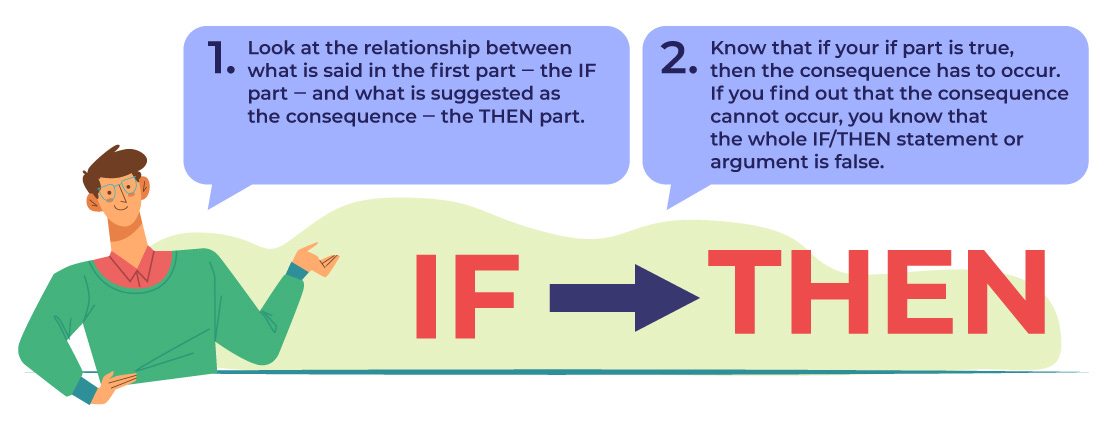If Then Statements & Developing Your Trading Playbook
Finally learn what these concepts mean in this great training video by Beyond The Trades
The Daily TplusTwo Holdings Report is a 3x weekly newsletter focusing on Beyond The Trades with various different trading, financial & business related topics. Reaching over 400,000 retail and institutional trades across all TplusTwo Holdings,LLC business & social media platforms.
Interested in advertising with us, send email to mtradingmedia@gmail.com
Beyond The Trades takes a deep study look into how successful professional traders develop "If Then Statements" in their A+ trading set up strategies to incorporate as part of their Playbook.
Watch for FREE this excellent trading video at Beyond The Trades
So what are “If Then Statements” that are in your Trading Playbook?
In trading and programming, "if-then" statements are a fundamental concept used to create conditional logic. They are also known as conditional statements or conditional expressions. These statements allow traders and programmers to automate decisions based on certain conditions being met. In trading, "if-then" statements can be implemented through algorithmic trading strategies to execute trades automatically based on predefined criteria.
The basic structure of an "if-then" statement in trading can be described as follows:
IF [condition is true] THEN [execute a certain action]
Here's how it works in the context of trading:
Condition: The condition is a specific criterion or set of criteria that need to be met for the action to be executed. This condition is usually based on market data, technical indicators, or other relevant information.
Action: The action is what should be done if the condition is met. This could involve placing a trade, adjusting a position, sending an alert, or performing any other trading-related task.
For example, let's say a trader wants to automate a simple trading strategy: buying a stock if its 50-day moving average crosses above its 200-day moving average. The "if-then" statement for this strategy might look like this:
IF 50-day MA > 200-day MA THEN Buy the stock
In this scenario, the trader sets up a condition (50-day MA > 200-day MA), and if that condition is true, the action (Buy the stock) is executed automatically by the trading algorithm.
"if-then" statements can be implemented using various programming languages and trading platforms. Here's a simple pseudo-code representation of how this might look in a programming context:
if current_price > moving_average: execute_buy_order()
In this example, current_price and moving_average would be placeholders for actual price and indicator values, and execute_buy_order() would represent the action to take when the condition is met.
These conditional statements are a crucial part of algorithmic trading strategies as they allow traders to define rules for entering and exiting trades without needing constant manual intervention. However, it's important to note that algorithmic trading involves risks, and careful consideration should be given to strategy design, testing, and risk management.
Watch for FREE this excellent trading video at Beyond The Trades
Beyond The Trades Substack Report is being sponsored by our good friends at Microefutures.com Trading Room Community. Where you can join a group of like minded traders led by Confessions of a Market Maker podcast co-hosts JJ @vwaptrader1 & @allxdayxRayx




